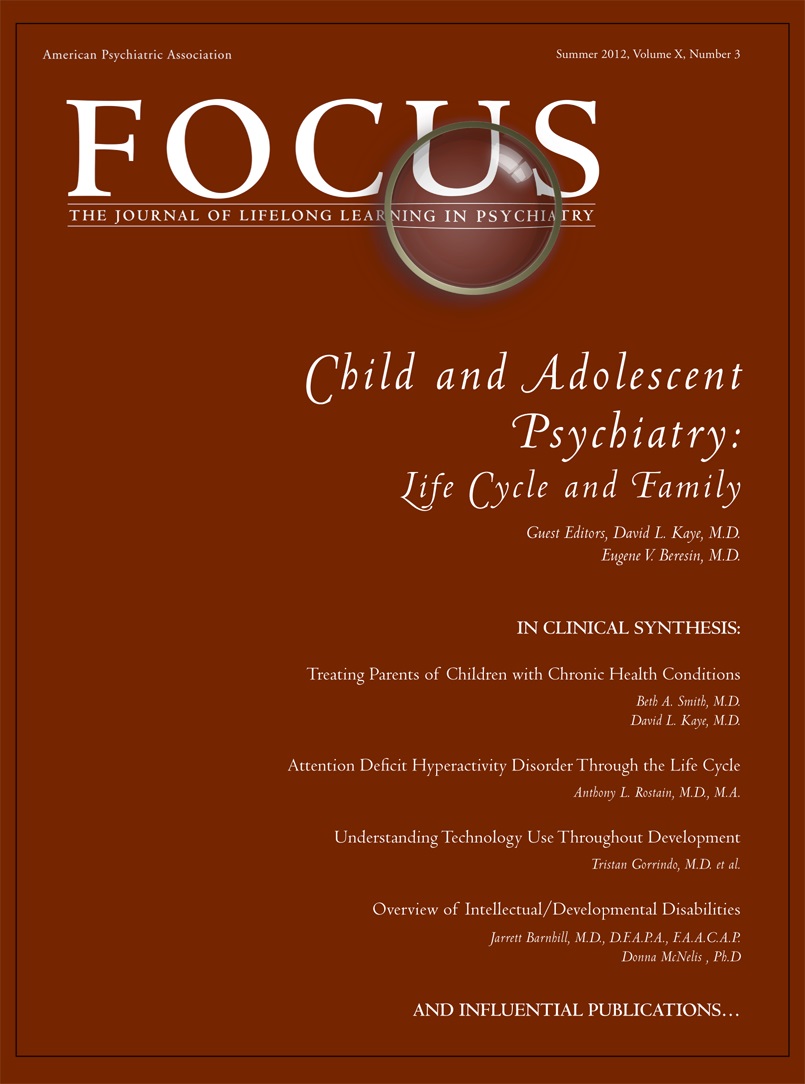Suicide Attempts and Nonsuicidal Self-Injury in the Treatment of Resistant Depression in Adolescents: Findings from the TORDIA Study
Abstract
Objective: To evaluate the clinical and prognostic significance of suicide attempts (SAs) and nonsuicidal self-injury (NSSI) in adolescents with treatment-resistant depression. Method: Depressed adolescents who did not improve with an adequate SSRI trial (N = 334) were randomized to a medication switch (SSRI or venlafaxine), with or without cognitive-behavioral therapy. NSSI and SAs were assessed at baseline and throughout the 24-week treatment period. Results: Of the youths, 47.4% reported a history of self-injurious behavior at baseline: 23.9% NSSI alone, 14% NSSI+SAs, and 9.5% SAs alone. The 24-week incidence rates of SAs and NSSI were 7% and 11%, respectively; these rates were highest among youths with NSSI+SAs at baseline. NSSI history predicted both incident SAs (hazard ratio [HR] = 5.28, 95% confidence interval [CI] = 1.80 – 15.47, z = 3.04, p = .002) and incident NSSI (HR = 7.31, z = 4.19, 95% CI = 2.88 – 18.54, p < .001) through week 24, and was a stronger predictor of future attempts than a history of SAs (HR = 1.92, 95% CI = 0.81 – 4.52, z = 2.29, p = .13). In the most parsimonious model predicting time to incident SAs, baseline NSSI history and hopelessness were significant predictors, adjusting for treatment effects. Parallel analyses predicting time to incident NSSI through week 24 identified baseline NSSI history and physical and/or sexual abuse history as significant predictors. Conclusions: NSSI is a common problem among youths with treatment-resistant depression and is a significant predictor of future SAs and NSSI, underscoring the critical need for strategies that target the prevention of both NSSI and suicidal behavior. Clinical Trial Registration Information—Treatment of SSRI-Resistant Depression in Adolescents (TORDIA). URL: http://www.clinicaltrials.gov. Unique Identifier: NCT00018902. J. Am. Acad. Child Adolesc. Psychiatry, 2011;50(8):772–781.
(Reprinted with permission from Journal of the American Academy of Child and Adolescent Psychiatry 2011;50(8):772–781)



